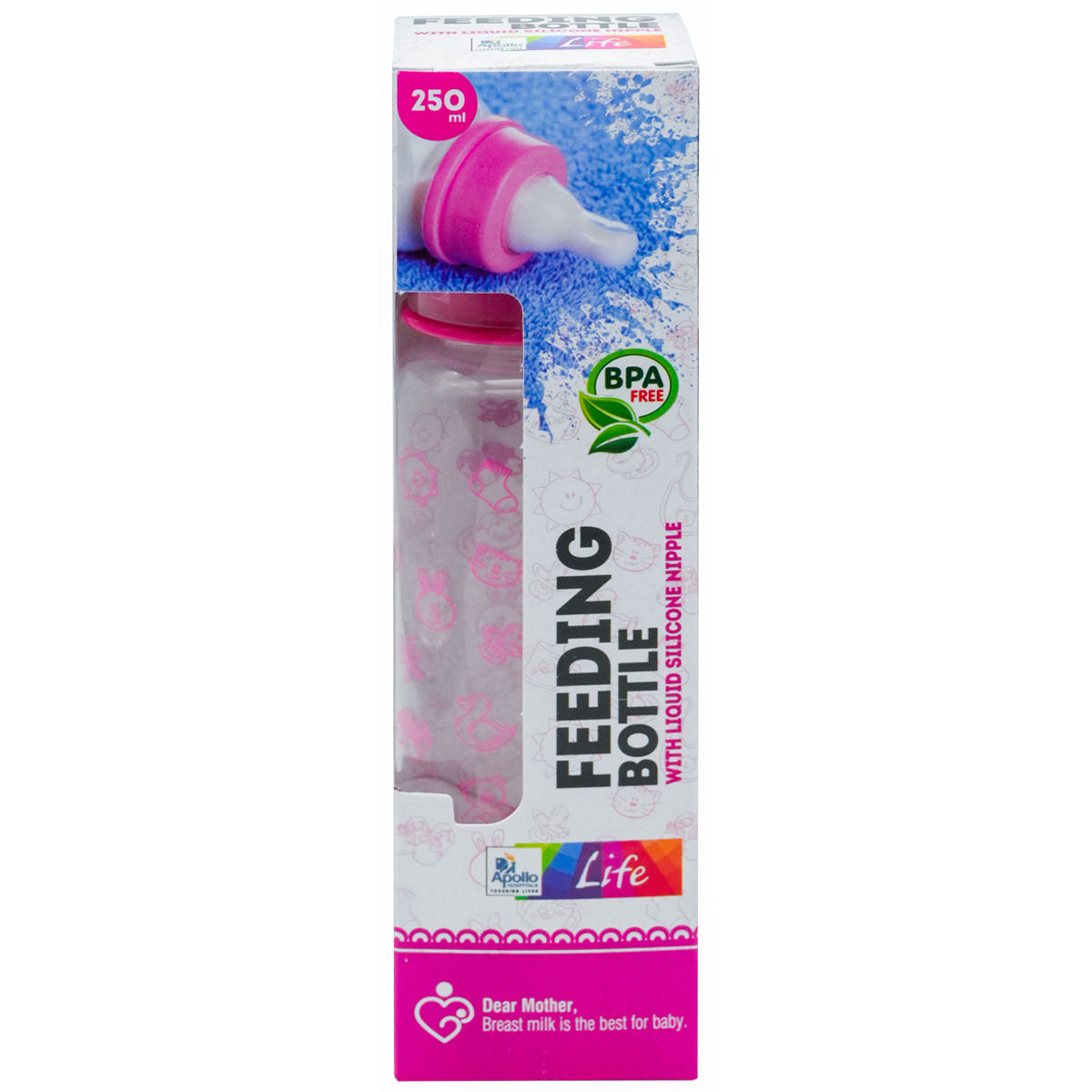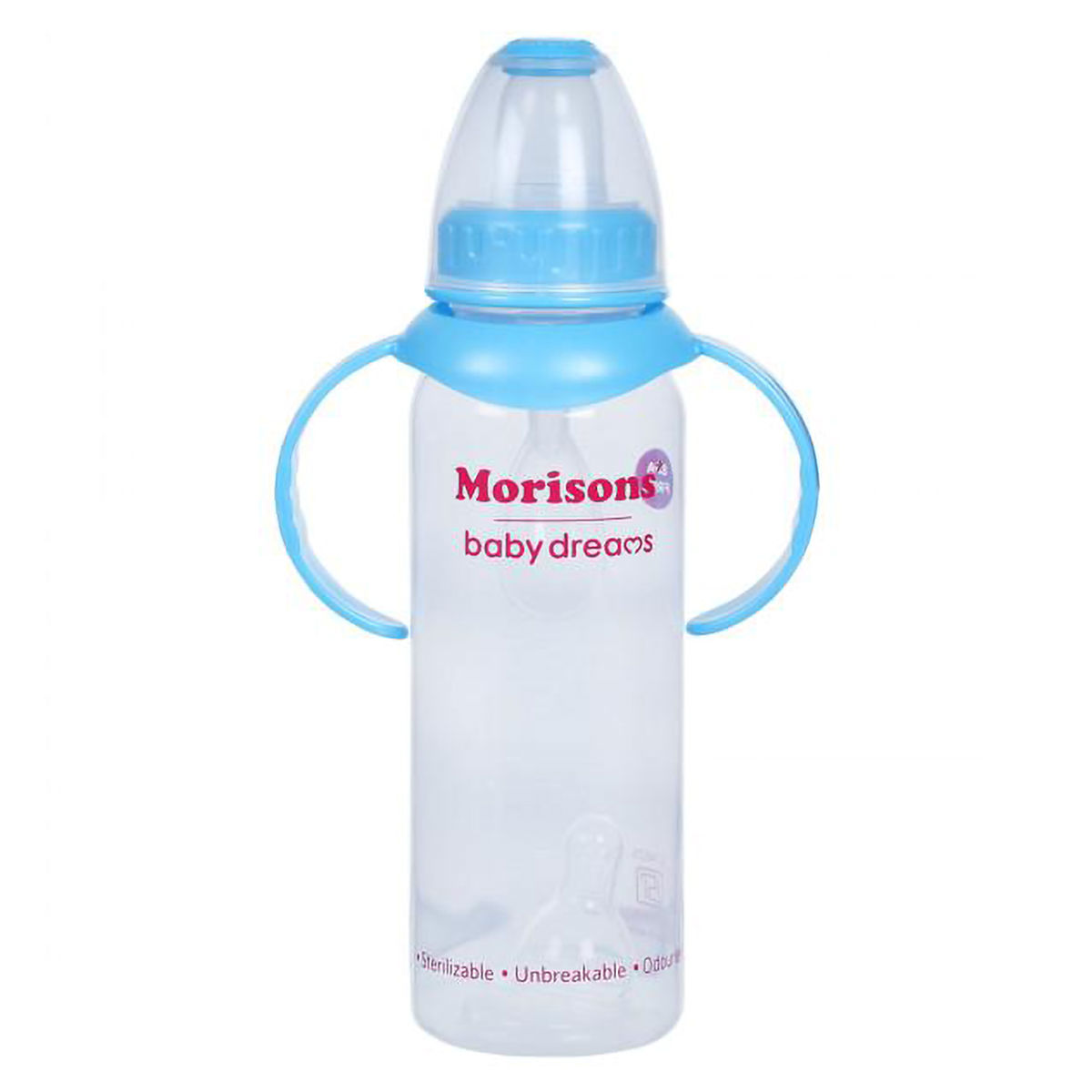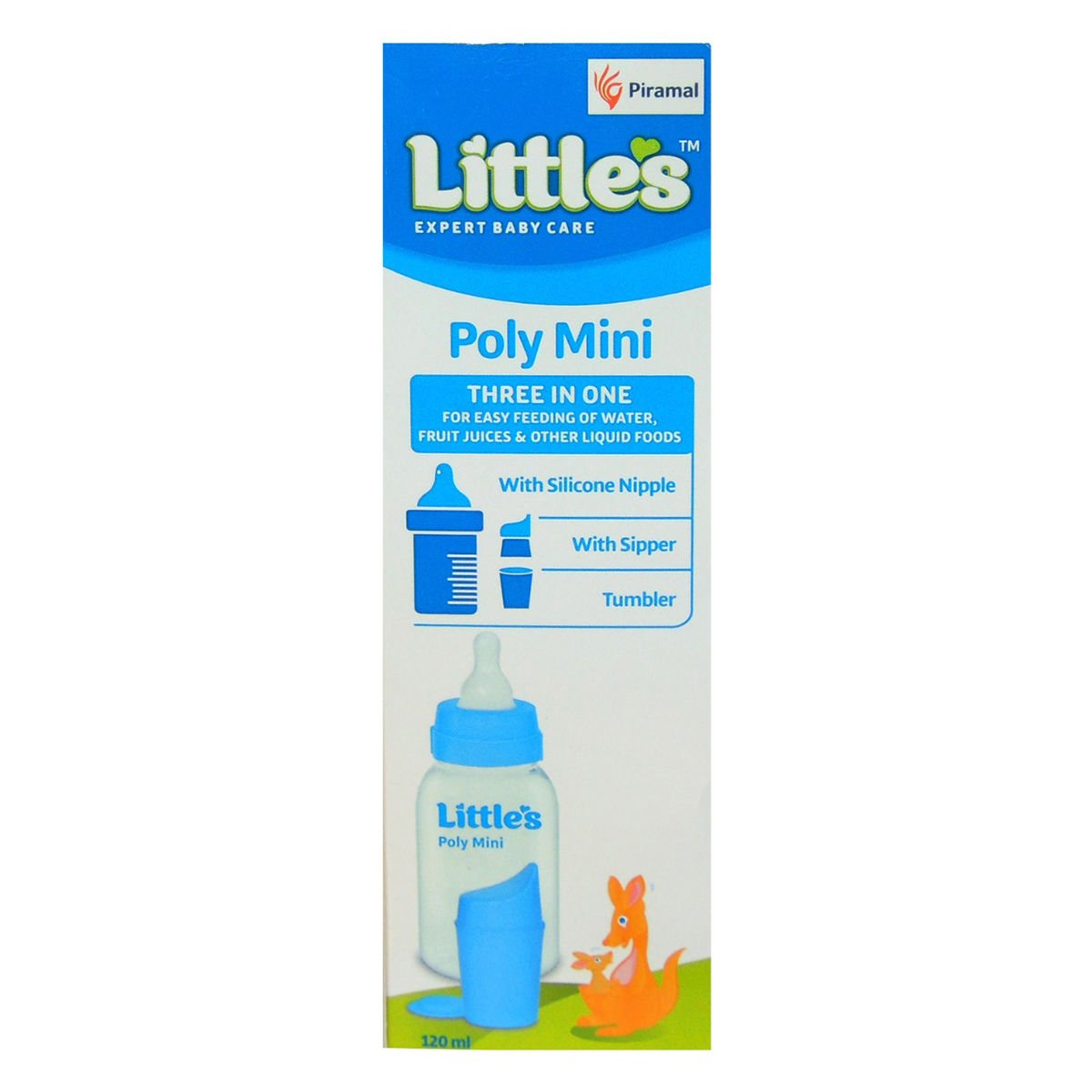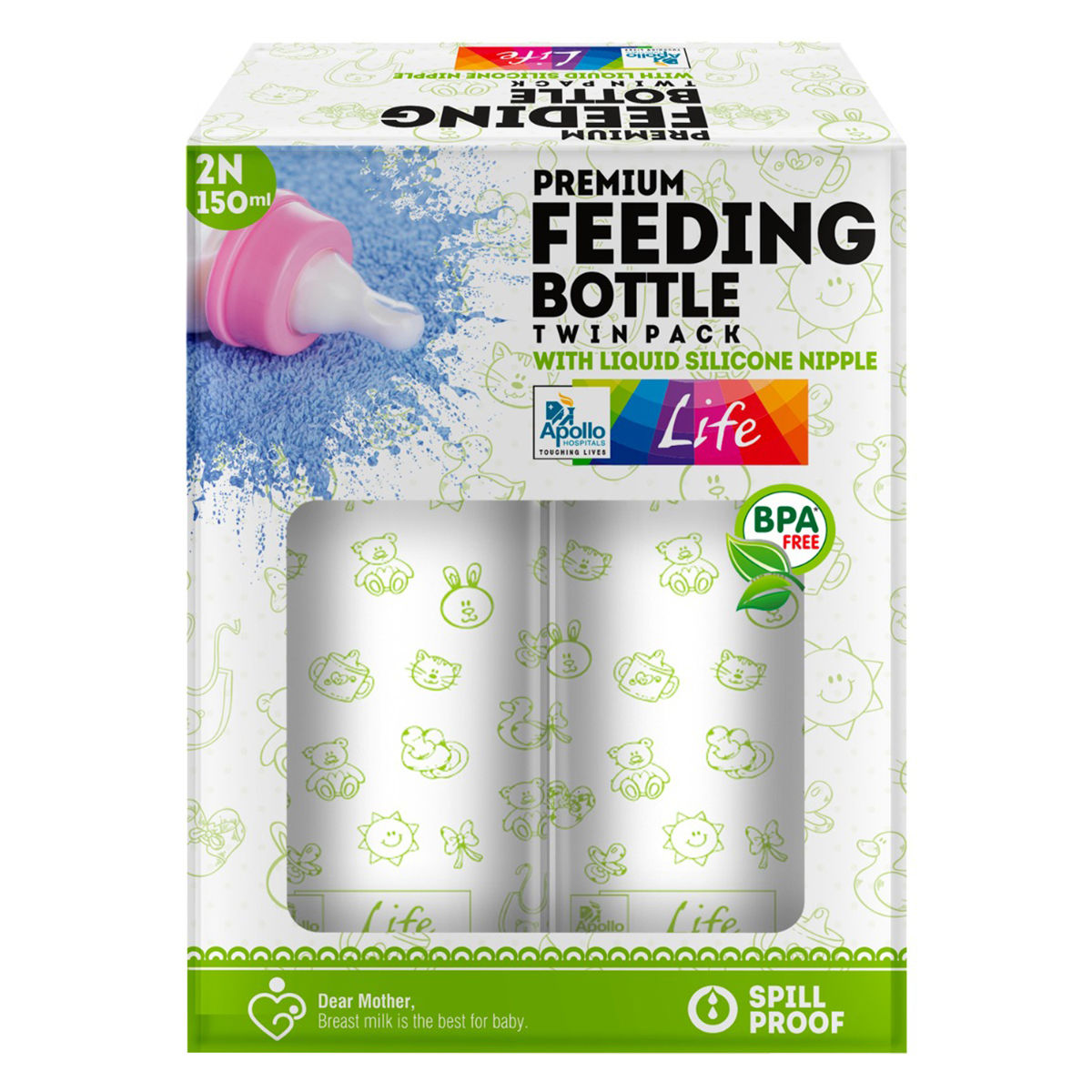Finding the right feeding bottle for your baby can feel overwhelming, with many options. Should you go for glass or plastic? Wide-neck or standard? Anti-colic or regular?
Whether you're exclusively bottle-feeding or need a backup for travel, choosing the right one ensures your baby’s comfort, hygiene, and feeding ease. In this guide, we’ll break down everything you need to know to pick the best bottle for your little one.





